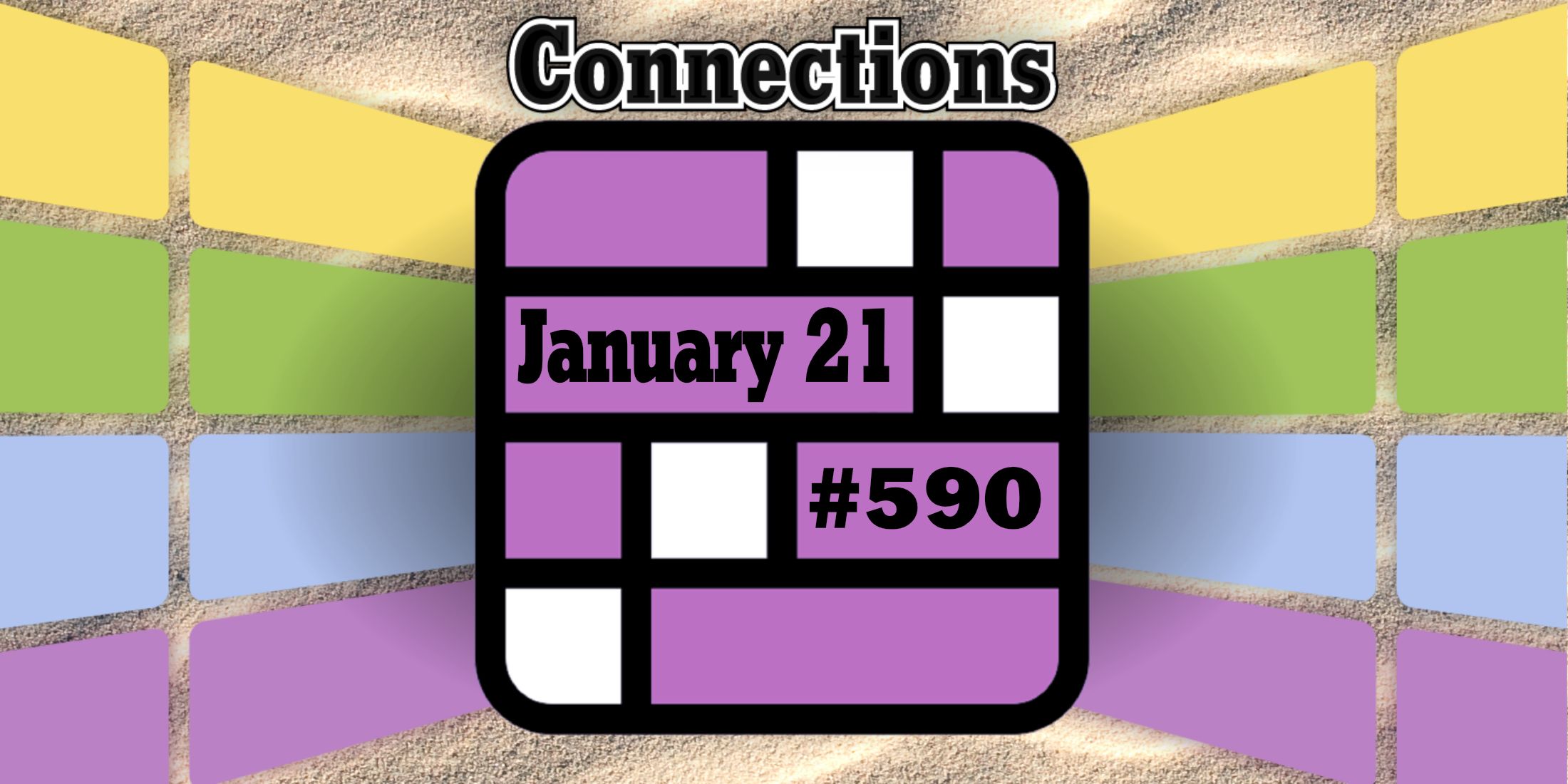Two and a half hours south-east of Melbourne, in Walkerville South, lies one of Australia’s most beloved beaches. For the last 35 years it has enchanted children as the setting of Alison Lester’s bestselling picture book, Magic Beach – so, when it came to a film adaptation, an on-location shoot was a no-brainer.
“It casts a spell over you down there,” says the film’s director, Robert Connolly. While he was filming a scene, he recalls, one of the producer, Kate Laurie, “tapped me on the shoulder and said ‘that way’. We spun the camera around … and a pod of dolphins passed.”
Like many Australian parents, Connolly – whose filmography includes The Dry, Blueback and Balibo – has memories of reading Magic Beach to his two children, who are now in their 20s. He was introduced to Lester by the late film-maker Sarah Watt, who was in the early stages of a Magic Beach adaptation. Connolly first visited Walkerville with Lester and his daughter Kitty about a decade ago.
Lester recalls: “We went climbing down around the rocks and we got caught by the tide, and we had to rescue [my dog] Bigsy when a wave came and drenched him, which just was this fabulous adventure. I think after that, [Connolly] thought, ‘I see what this movie could be.’”
Her book’s gentle poetry invites children into the world of the beach with the recurring line “At our beach, at our magic beach”, leading into different mini-adventures. Connolly followed that cue: presented in an anthology style, each of the film’s 10 segments opens with a live-action scene in which different children read the book and explore the beach, before being transported into magical animated worlds, each created by a different animator. In a homage to its origins, the film is bookended by Lester’s illustrations.
For the live-action segments, Connolly, Lester and the crew spent a week in Walkerville, using the author’s family beach house as the shoot headquarters.
Bigsy, a jack russell-dachshund cross, even got a starring role. “He’s quite famous for being a very naughty dog – I didn’t really think he would be material to be in the movie, but he actually did a great job,” Lester says.
It’s a bittersweet memory, as Bigsy has since died: “Whenever we see the movie now and he’s there, [my husband] Eddy and I both have a little ‘ah, there he is’ – it’s so strange seeing him alive again, because we do miss him a lot.”
Connolly describes the live-action sequences as “throwing paint on the canvas”, as he followed the lead of the children, all aged between four and seven. “We’d just set off and the kids would do something different … creating this sense of adventure.”

The animated chapters manifest the book’s boundless imagination in a kaleidoscope of styles and stories. The 10 animators – a mix of established and emerging artists – were given a relaxed and simple brief: to use the book as a leaping-off point. The results range from a watercolour dream sequence set in Bigsy’s mind, by the animation veteran Lee Whitmore, to a stop-motion pirate adventure by Anthony Lucas and a more pensive segment by Eddie White, in which a masked child wanders a deserted Colombian city during Covid, longing for the sea.
Lester sees some of the segments as obvious interpretations of her book, others as a little more out of the box. “That’s what humanity is about, isn’t it? It’s everyone doing their own thing,” she says. “That’s why life is so rich.”
The film features non-nuclear families, children of colour, Indigenous children and children with disabilities, though it wasn’t a box-ticking exercise, Connolly says. His daughter Kitty helped with casting, and he says that “for her, it wasn’t a case of it being diversity as a nod to anything – it just felt like the world she knew”.

Marieka Walsh’s felt stop-motion animation, Princess Belinda, centres a Deaf child and their horse, who traverse a forest made of real watermelons (the fruit is seen throughout the book as a pattern on a hat). The Sydney-based film-maker worked with an Auslan expert, Paula Thornton, who is third-generation Deaf, to ensure accuracy in both language and presentation. “Paula sent videos of herself signing Auslan and provided feedback on the animation,” Walsh says. “We built Belinda’s puppet with the hand shapes and mouth shapes in mind.”
Connolly recalls the moment the young Deaf actor from Walsh’s segment, Rylee Chuck, first saw the animation: “When she saw a kid doing Auslan with another kid, she turned to her mum and her eyes nearly popped out of her head, because she was seen.”
When Magic Beach premiered at the Melbourne international film festival last August, Lester’s children organised for her to arrive at St Kilda’s Astor Theatre in style. “Me and all the kids and grandkids went in by limo,” she says, laughing. “There were so many little kids there, and hardly any time ever where it was silent … It was a very interactive and joyous experience.”
At the premiere, Connolly saw the intergenerational echoes of Magic Beach, which he hopes will continue with this film. “I was meeting young parents who are reading this book to their children, who remember their parents reading it to them,” he says. “It’s in the canon of our national story.”
-
Magic Beach is in cinemas from 16 January

 1 week ago
8
1 week ago
8








 English (US) ·
English (US) ·